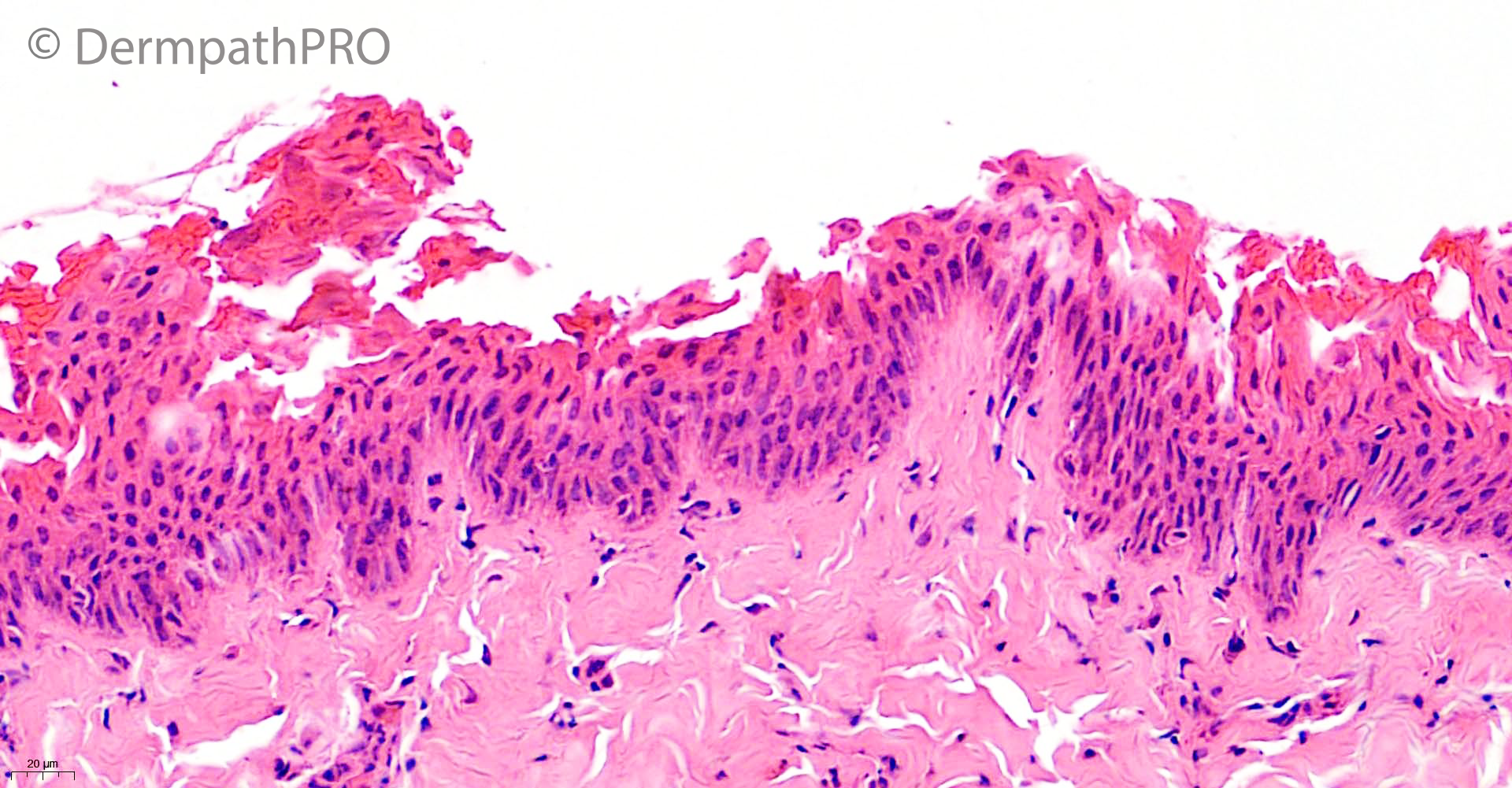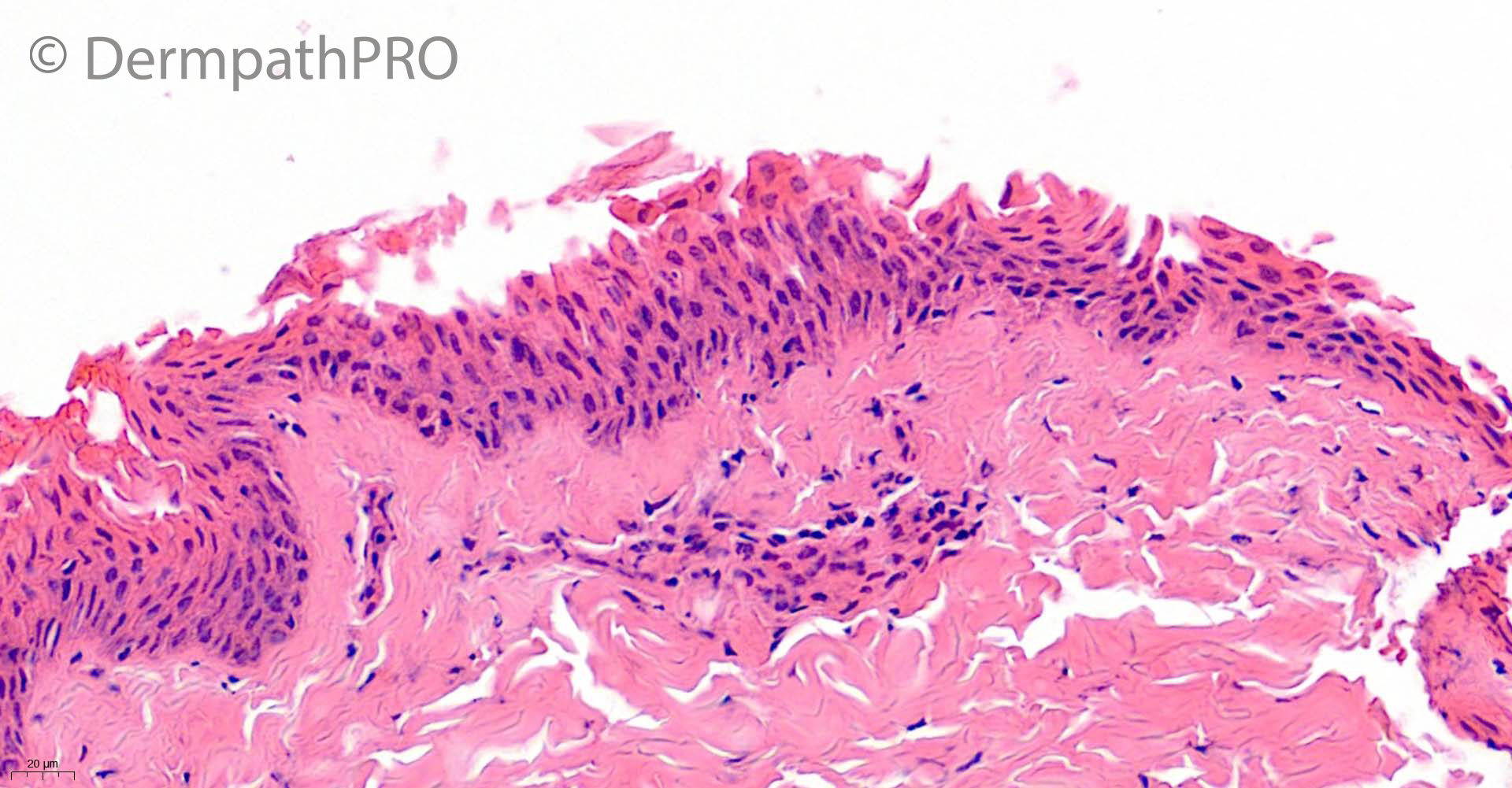-
 1
1
Case Number : Case 2861 - 24 June 2021 Posted By: Saleem Taibjee
Please read the clinical history and view the images by clicking on them before you proffer your diagnosis.
Submitted Date :
5 year old boy with widespread painful blistering rash







Join the conversation
You can post now and register later. If you have an account, sign in now to post with your account.